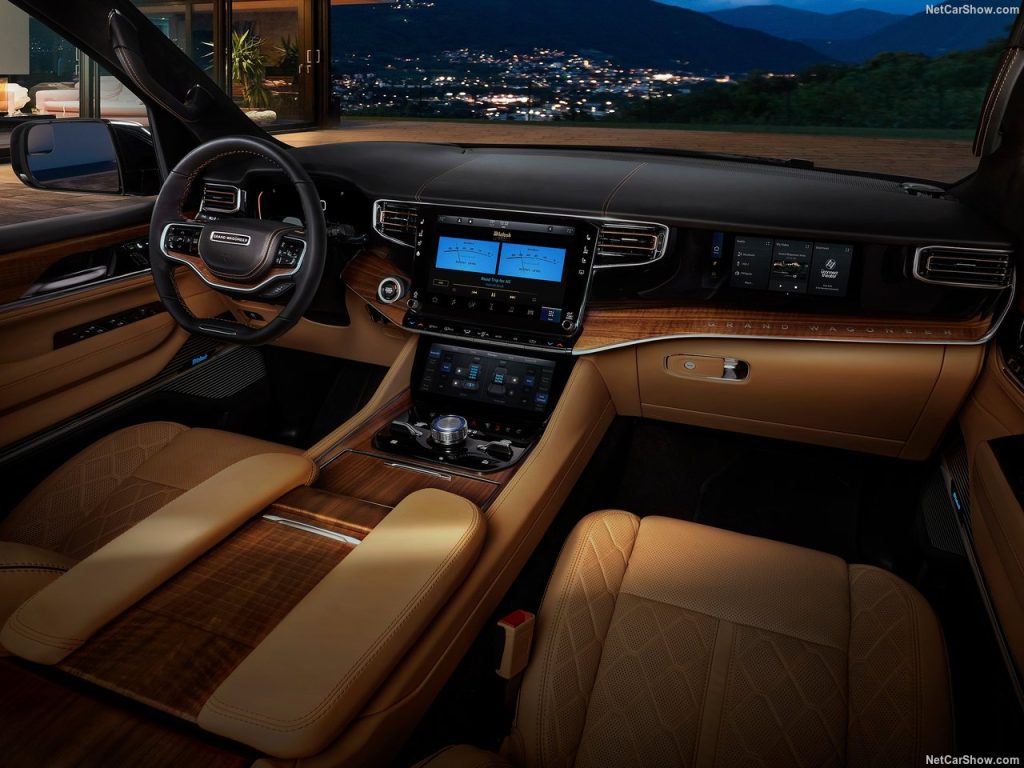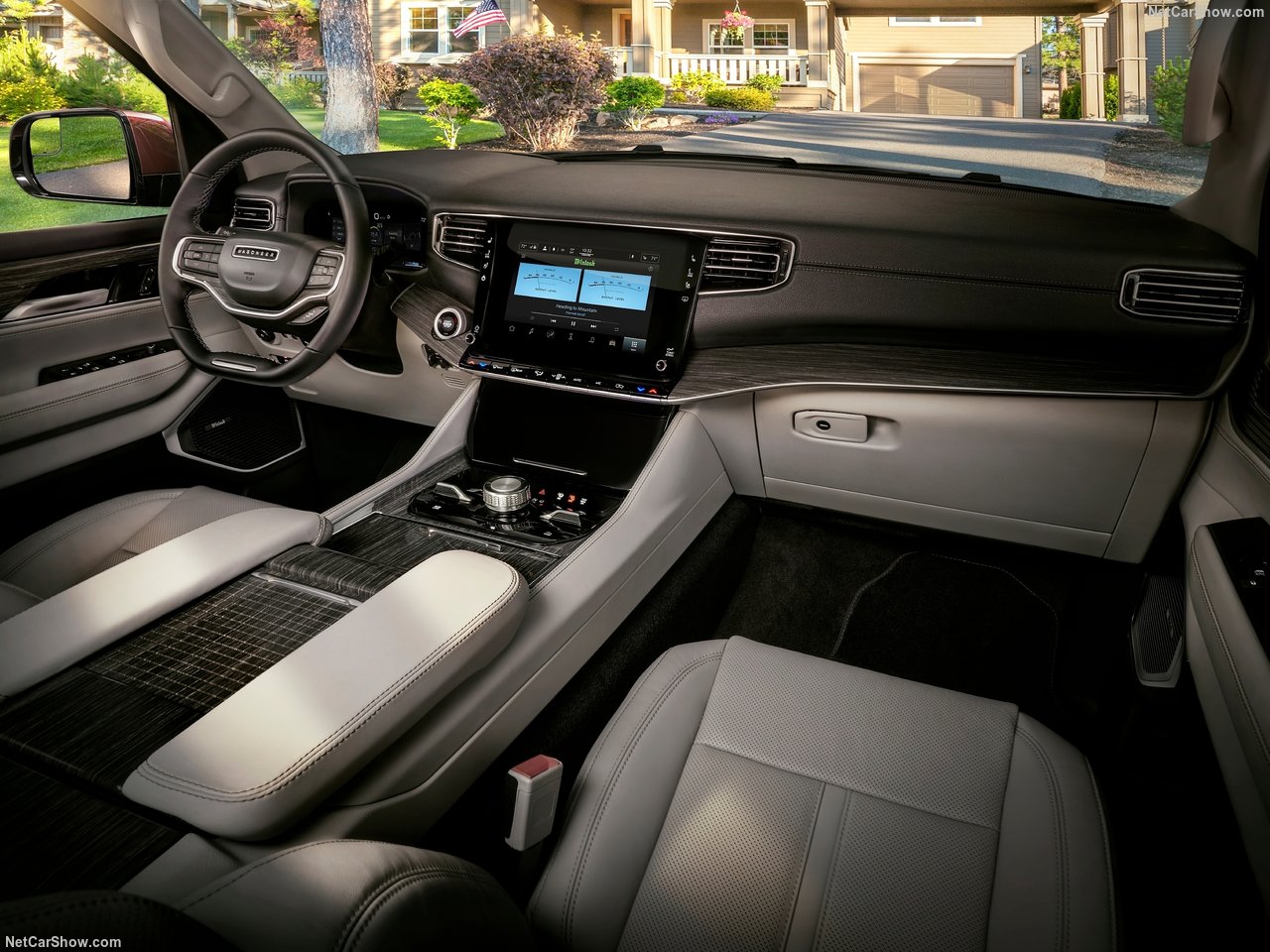Electric cars are becoming more and more popular. There are many people who are interested in this type of vehicles and bet on this new concept, which is undoubtedly quite promising. This is mainly because they are much more environmentally friendly and the running cost is much lower compared to combustion cars. However, inside an electric vehicle there are some design challenges that we will explain in this article.
Some features of electric cars
Electric cars came to the market with ostentatious and futuristic designs. Over time, they have been simplified, becoming much more normal looking but without losing the avant-garde features that differentiate them from traditional models.
Inside, these cars have technology that allows the entire electrical system to keep running. In addition, they have assistants that make driving easier, which are increasingly being introduced by brands.
As these cars do not require a central transmission tunnel, the front and rear seats are much more comfortable and spacious than in traditional vehicles. Also, in most electric cars, the batteries are located under the floor of the passenger compartment, so space is not affected. However, the difference can be seen in an increase in the height of the vehicle.
Electric cars : design challenges
Choose the right architecture
The first of the drawbacks that arise when designing the vehicle is choosing the right architecture. While it is true that the engineers in charge of the design have more freedom, since there is no preconceived idea of how the vehicle should look, this can work against the design of the vehicle. For example, with combustion cars there was already an idea of what they should look like, because their design revolved around the powertrain, but with electric cars this is not the case.
This gives designers the possibility to create an infinite number of innovative models, but the problem lies in how to select the right architecture that is best optimized and meets all the performance requirements. Experimenting with all these alternatives is complicated, if not impossible, because many models would have to be tested and time-to-market would be affected.
Management of vehicle features
The second challenge is to better manage the thermal characteristics of the vehicle. This issue is of utmost importance to ensure comfort and thermal comfort to users. In this sense, conventional vehicles with the heat generated by the engine could keep the heat inside the vehicle, while the battery and the electrical system heated the seats.
With electric cars, two reasonable questions arise: how is it possible to offer users thermal comfort without sacrificing range, and how can heat be better distributed without overheating the batteries? This is why studying thermal behavior while the vehicle concept is still under development is fundamental to its success.
Sustainability
The fourth challenge of electric cars has to do with sustainability. In electric cars, plastic is one of the protagonists and has great relevance in order to boost the automotive industry. But, these materials must meet certain needs in terms of sustainability, durability and comfort to satisfy both the needs of the manufacturer and the users.
Touch screen
A major challenge for the interior design of electric cars is the addition of touch screens in the center panel. Instead of employing buttons as was customary with traditional cars.
Tesla, being one of the largest electric car manufacturers, has served as a benchmark for other vehicle manufacturers. Its latest innovation is the implementation of a touch screen in the car’s console, a model that other companies have been following with the introduction of their own version of screens. Much to the concern of regulators as to what activities the screen can be used for.
At Walter Pack we have also developed this type of screen-lens, for example, for the well-known Jeep SUV brand, with the WS Lens project, these screens located in the center console give the vehicle an unparalleled touch of distinction.

Sure, touch screens offer a friendlier interface, which can be easily upgraded, but some people have raised concerns about security. Beyond all the advantages it can provide, it can be a risk for users because it means a big distraction.
Design simplicity
Electric cars are characterized by their sophisticated and rather simple lines. This is reflected in its interior design, where a totally minimalist style is appreciated, which for many is not to their liking. We are talking about going from a console with several buttons where you could modify the different functions of the car to a totally opposite style where there is practically nothing.
The reason for this is quite simple and it is about minimizing costs. Interior panels, complex consoles and dashboards have a high value, and increase the complexity of manufacturing, so companies have found it necessary to simplify some aspects of the interior design, replacing the buttons and air conditioning outlets by a central touch screen, steering wheel controls and a single vent.
At Walter Pack we can create the necessary parts for your car by applying first class technology. Our decorative parts for the interior of your vehicle are specially made to give you the best comfort. We use various technologies, such as plastronics for the realization of center panels, indicators, lights and more.
We integrate electronic components in plastic parts, which allows us to create effective and fast solutions, all through advanced technologies. We want to offer you the best experience in interior design for cars, so we offer you a complete service from the design of the part to its manufacture.




